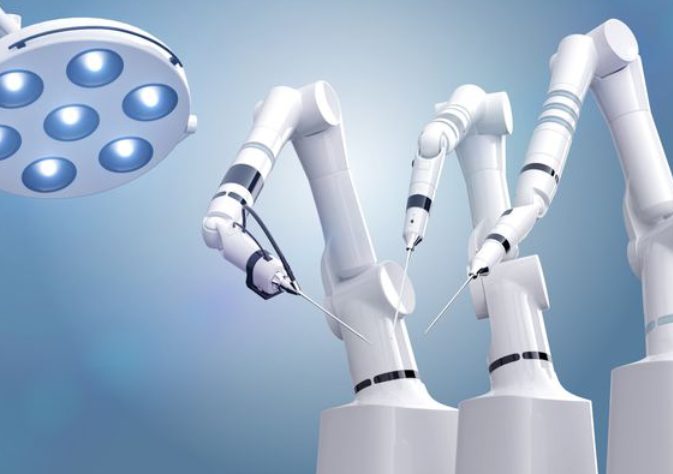What help does the medical science expect from robots?
According to a report from research, the applications of robotics in medical science are a billion-dollar industry. Today it is easy to find many robots working for hospitals and performing surgeries in departments like Neurology, Physiology, and Orthopedics.
Due to the increase in the development of artificial intelligence medical science is demanding effective robots from them. The robots are mainly of two types:
- Surgical robots
- rehabilitation robots
The surgical robots perform surgeries of a human while the rehabilitation robots can help a person from coming out some brain strokes or paralyzes. Another under developing robotic branch is assistive robots. These robots can assist patients as a nurse and can also help the doctors in surgeries by fetching them the required medications.
Telepresence and surgical assistants of a robot
As the doctors cannot reach everywhere the Telepresence robots can diagnose and treat patients at remote locations. The robot will make the call to the specialist and communicate them with the treatment standards that have to be provided with the patient. The robot also shares the questions asked by the patient to the medical specialist on the call. The robot then can provide prescriptions based on the information provided by the doctor on the call.
We all know about the success of the robotic arms in helping astronauts at space stations. The optimization of such arms in performing surgeries can decrease the chances of failure in an operation. The doctors can control the robot even without stepping near the patient and perform a critical surgery with absolute precision. As more technological development is going to come it would be interesting to visualize the robotic surgeons in every hospital.
Rehabilitation and nursing robots
The rehabilitation robots can help people suffering from medical trauma or accidents and cannot move or walk on their own. The rehabilitation robots work on the data provided by the customer. The rehabilitation robots can also help the patients in learning back the new activities like walking, running, and other basic daily human activities.
The nursing robots can keep the environment clean from bacteria and viruses. They can spray disinfectants like Hydrogen peroxide to prevent the spread of deadly viruses like Ebola. The robots also use UV lights to make room bacteria and virus-proof within a few minutes of application.

